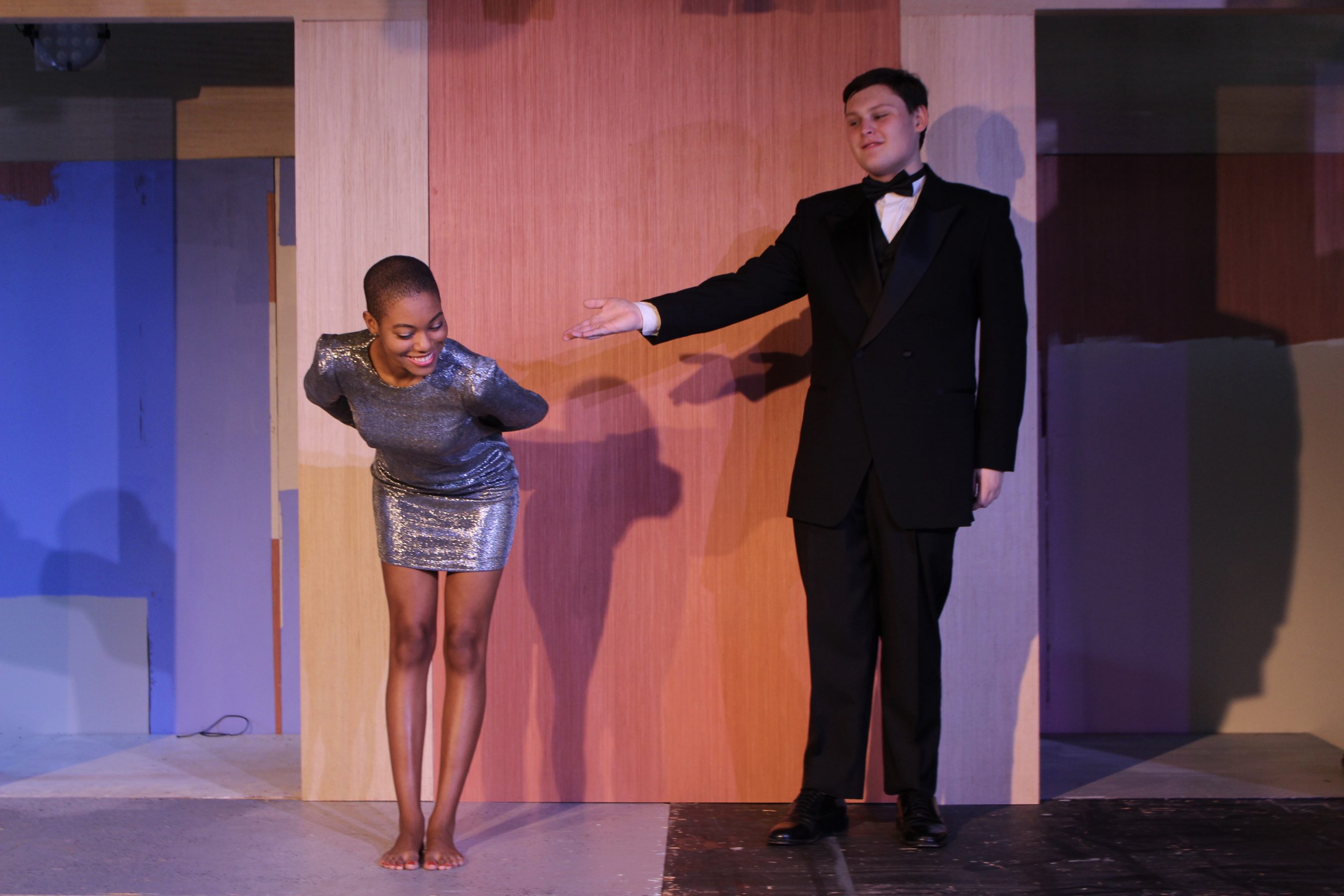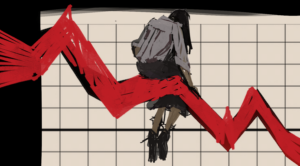The world is a crazy place. It is wild, chaotic, and theatrical, and the political climate we are living in is even more so.
Sometimes, amidst all this disorder, it is easy to feel lost and invisible, to float with the chaos. And so, for our fashion issue this year, we chose to make it our mission to find a way to find ourselves within the chaos of it all.
Inspired by the seemingly-theatrical and often-chaotic nature of today’s political climate (which, too, bleeds into our personal lives), The Theater of It All approaches clothing as an extension of yourself that helps you thrive despite chaos. A leather jacket is armor, a shimmering dress evokes images of chainmail, and an elegant pantsuit or tux allows you to blend in—relax—when the time comes. Our interpretation of these articles of clothing may not necessarily align with yours, and that’s okay; in fact, that’s exactly what this issue is about.
As wearers, we possess the power to define fashion by our own terms. We use clothing as tools, devices that help us forge a path among the rough, help us to be seen as powerful, to be provocative and start a conversation, or to be elusive and slip through life freely and unnoticed.
Throughout the pages ahead, you’ll see some new things. We’ve compiled the thoughts of different people on campus who discuss their perspectives of fashion at Georgetown. Also in our Voices section, one writer expresses her opinion on the arguably “hegemonic” nature of fashion in D.C. We’ve also profiled students, exploring what fashion means to them. And, in another first for the Voice, you can find video clips from each interview online at www.georgetownvoice.com. We’ve included a photo shoot of each interviewee too, of course.
For this year’s photo shoot, we worked with members of the Mask and Bauble Dramatic Society to bring these ideas of “the theater of it all” to life. Their upcoming production, Rumors, showing Oct. 12-21, addresses many similar themes—mayhem, madness, pandemonium—and we photographed on Rumors’ half-built set, with actors (in costume) alongside our own models.
The writer, Neil Simon, wrote the farcical play because “comedy is easy, life is hard,” he told the New York Times. He chose to dress his characters in elegant, sophisticated, formal wear, and he said, “there was something about having them dressed in evening clothes that I thought was a nice counterpoint to the chaos that was happening in the play.”
That’s what we hope to provide you with: a counterpoint to whatever sadness, struggle, craziness, or humdrum you may be experiencing. We invite you to create your own role or build a play around your life. Try something innovative; use clothing to direct your life and set your stage. Because isn’t that what fashion is best for?
Cheers,
Emma Francois, Contributing Editor
Isabel Lord, Photo Editor





